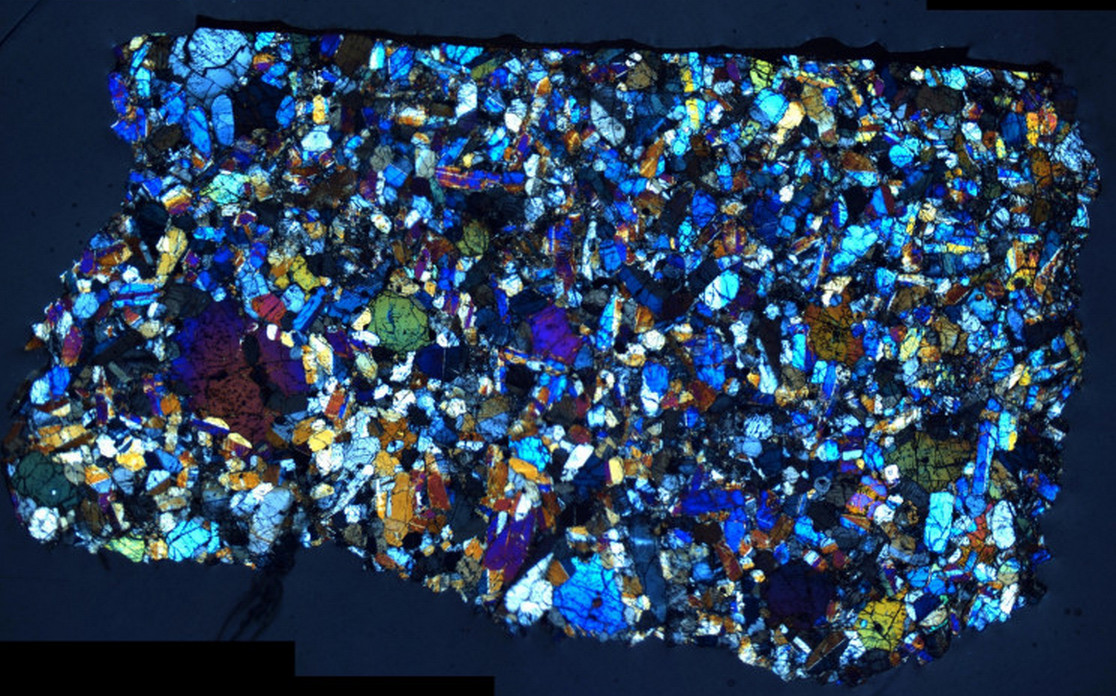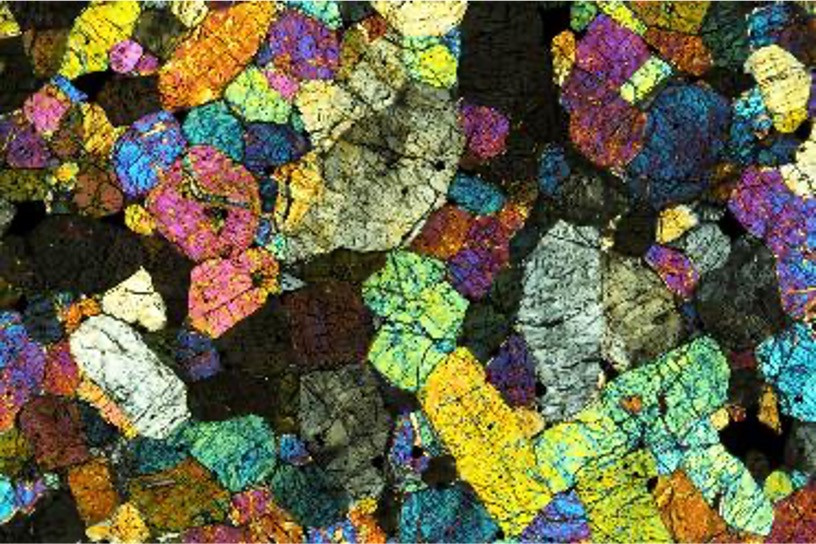Meteorites that broke off from Mars about 11 million years ago and subsequently fell to Earth have given scientists the opportunity to study the volcanic activity of the planet. Their study made it possible to determine the presence of silicate reservoirs that contributed to the formation of the crust and mantle of Mars. The study provides new information about the structure and evolution of Mars, without the need to visit the Red Planet.

Geologist James Day of the Scripps Institution of Oceanography notes: “Martian meteorites are the only physical materials we have available from Mars. They enable us to make precise and accurate measurements and then quantify processes that occurred within Mars and close to the martian surface. They provide direct information on Mars’ composition that can ground truth mission science, like the ongoing Perseverance rover operations taking place there.”
The meteorites studied by Day and his colleagues belong to two species: chassignites, named after a rock found in Chassigny, France, and nakhlites, named after a sample found in Nakhla, Egypt. These rocks have different compositions. Nakhlites is basaltic, containing augite and olivine, whereas chassignites consists almost entirely of olivine.
On Earth, basalts are common in the crust, and olivine is common in the mantle. Mars is similar to Earth in this aspect. By comparing the two rocks and their chemical characteristics, scientists determined that they formed in the same volcano about 1.3 billion years ago. Their differences are explained by the process of fractional crystallization, when liquid magma solidifies in different configurations under different conditions.
Nakhlites was part of the Martian crust, and the chassignites were part of the mantle beneath it. Some nakhlites were so close to the surface that they interacted with the atmosphere of Mars and changed under its influence.

“By determining that nakhlites and chassignites are from the same volcanic system, and that they interacted with martian crust that was altered by atmospheric interactions, we can identify a new rock type on Mars. With the existing collection of martian meteorites, all of which are volcanic in origin, we are able to better understand the internal structure of Mars,” said Day.
Interestingly, volcanism on Mars is both similar and different from that on Earth. Fractional crystallization seems to occur in the same way, forming basalt rocks in the crust and olivine rocks in the mantle. However, the Martian reservoirs are much older, they separated from each other shortly after the formation of the planet. On Earth, plate tectonics helps connect reservoirs over time. Thus, Mars may be an important link for understanding the early Earth and its evolution.
According to scripps.ucsd.edu


